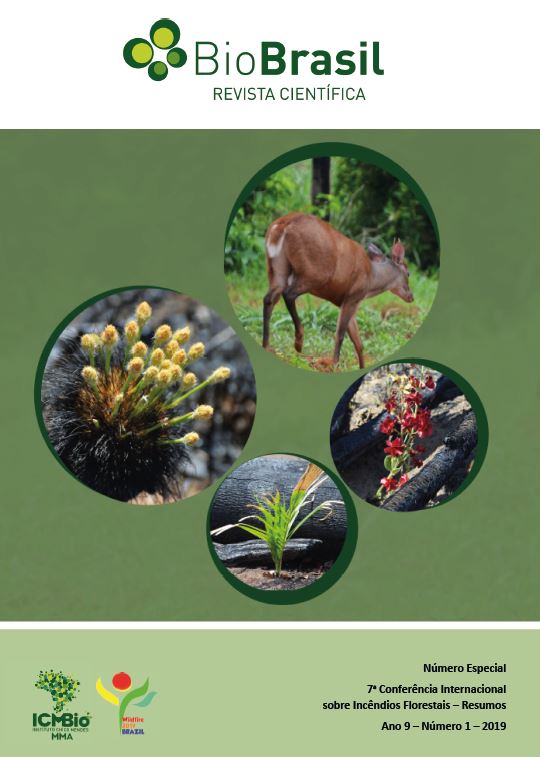Australia safer together - A new approach to reducing the risk of bushfire in Victoria
DOI:
https://doi.org/10.37002/biodiversidadebrasileira.v9i1.967Palabras clave:
Fire policy, integrated fire management, community engagement, fuel managementResumen
The threat of bushfire is rising significantly globally, with Victoria being one of the most bushfire prone areas in the world. Bushfire risk is significantly increasing with climate change already affecting the fire regime, with the likelihood and severity of bushfires higher than it has been historically. Bushfire risk in Victoria is also increasing due to population growth and changing demographics, particularly in the rural-urban fringe, causing a greater number of people to be exposed to bushfire. After the devastating Black Saturday Fires on 2009, the Royal Commission used the expression ‘shared responsibility' with the purpose of implying increased responsibility for all concerned, albeit at different levels. The Commission proposed that state agencies and municipal councils assume augmented roles in relation to emergency management, contingency planning and education which included that municipal councils designate community refuges and bushfire shelters for the community. In turn, communities (and individuals and households in those communities) will assume greater responsibility for their own safety. In November 2017, The Victorian State Government released a new policy called ‘Safer Together'. This policy has four main areas that collectively will work towards the outcome of ‘shared responsibility': • Community first - Local communities will be involved in decision making about bushfire management all year round - this means understanding what they care most about and working with them to determine local solutions to reduce bushfire risk. • Land and fire agencies working together - Agencies will plan and deliver bushfire management activities across and private land. Risk reduction will drive all our activities from planned burning to fire response. • Measuring success - Agencies will measure and report on our progress: where they have reduced bushfire risk and what the impacts are on people and the environment. Agencies will also measure how effective their partnerships are. • Better knowledge = better decision - Agencies will continue to invest in science and technology. They will use this insight to target their actions to where the risk is and ensure they are appropriate for the local environment. This paper and a subsequent presentation will cover the progress of the policy implementation, its successes and challenges as well as discuss the future work.
Descargas
Descargas
Publicado
Número
Sección
Licencia
Derechos de autor 2021 Biodiversidade Brasileira - BioBrasil

Esta obra está bajo una licencia internacional Creative Commons Atribución-NoComercial-SinDerivadas 4.0.
Os artigos estão licenciados sob uma licença Creative Commons Atribuição-NãoComercial-SemDerivações 4.0 Internacional (CC BY-NC-ND 4.0). O acesso é livre e gratuito para download e leitura, ou seja, é permitido copiar e redistribuir o material em qualquer mídia ou formato.











